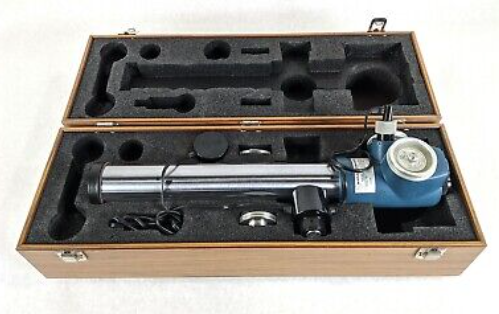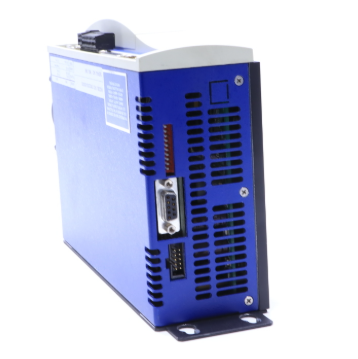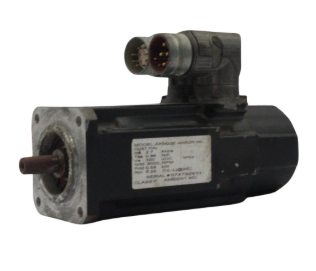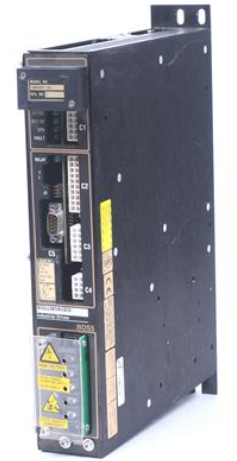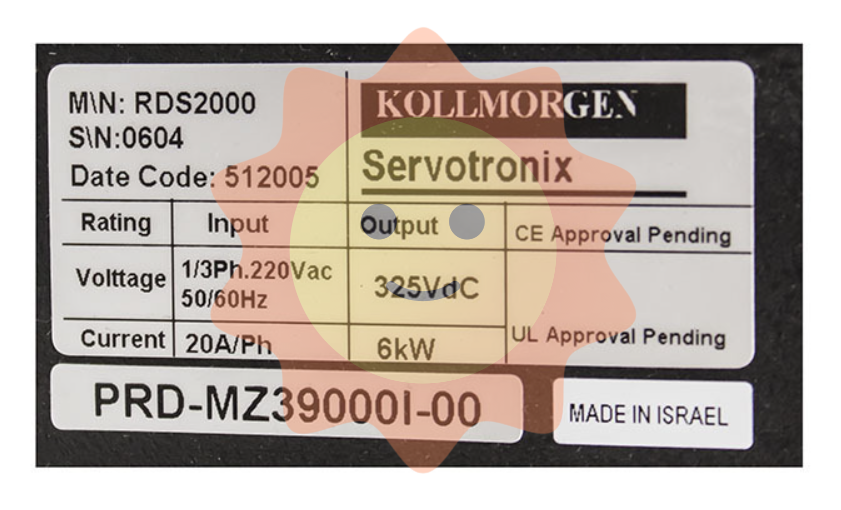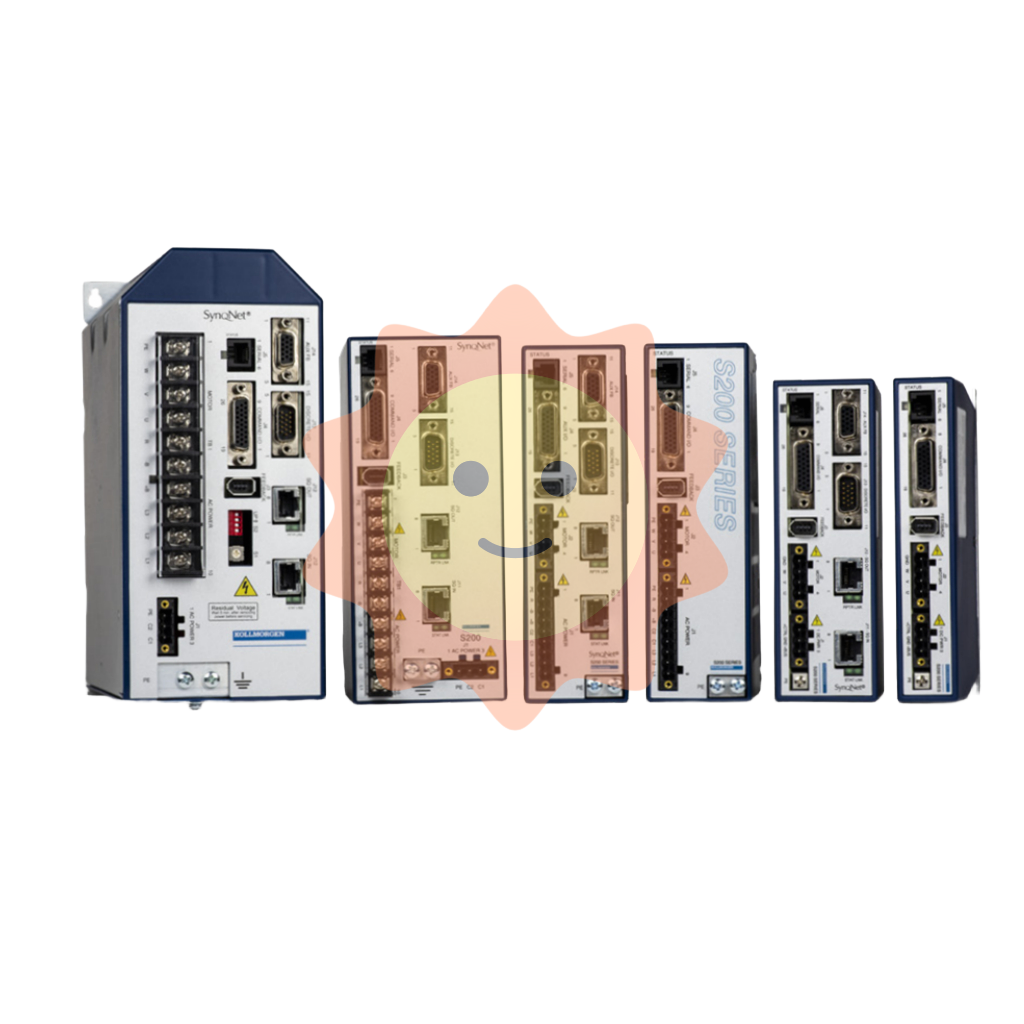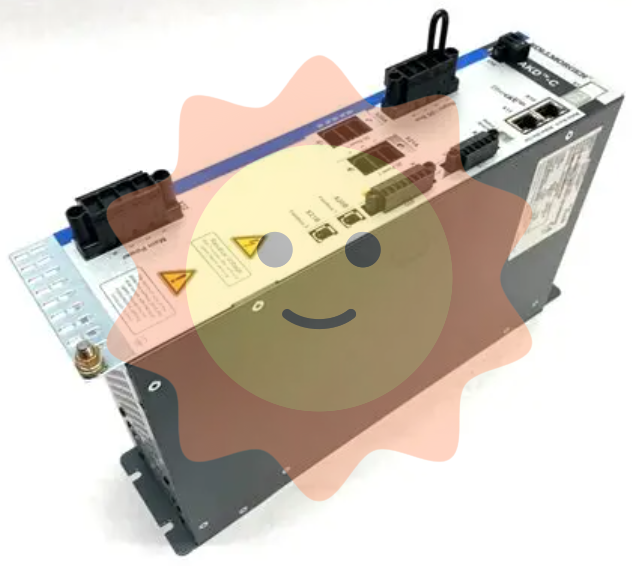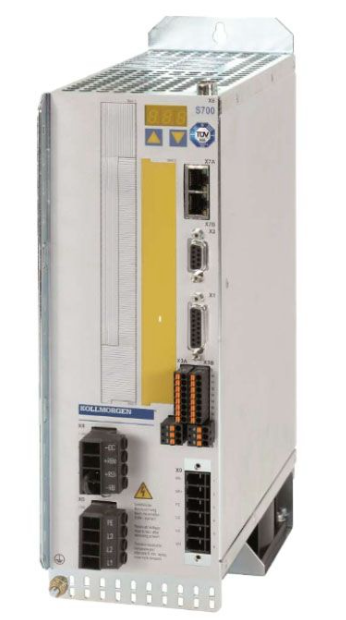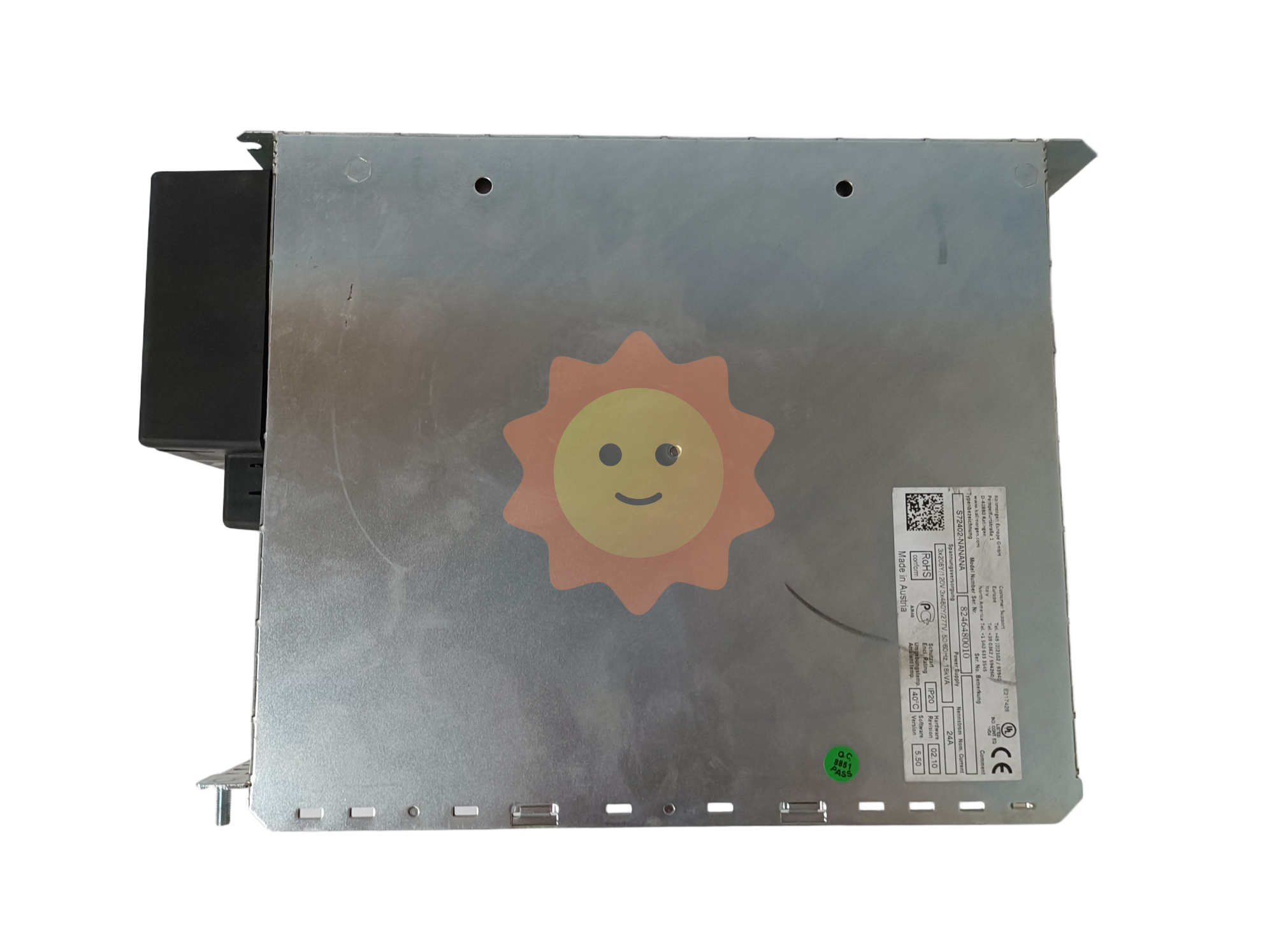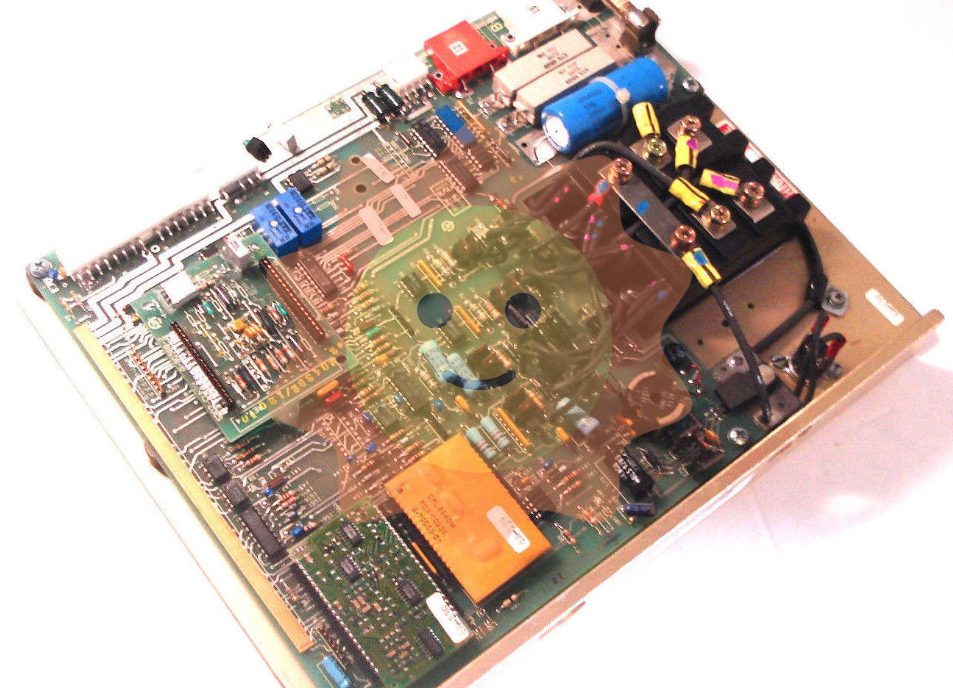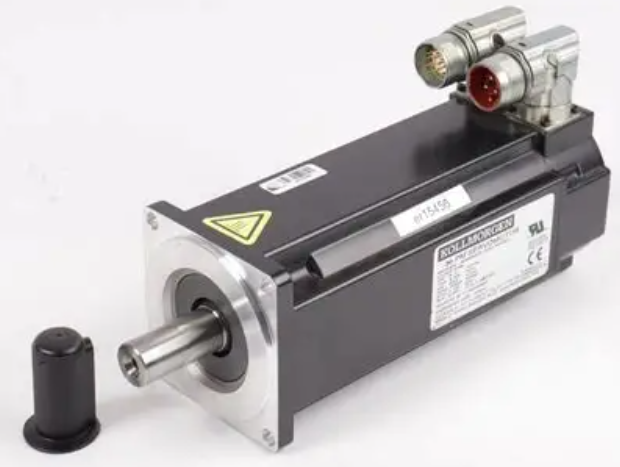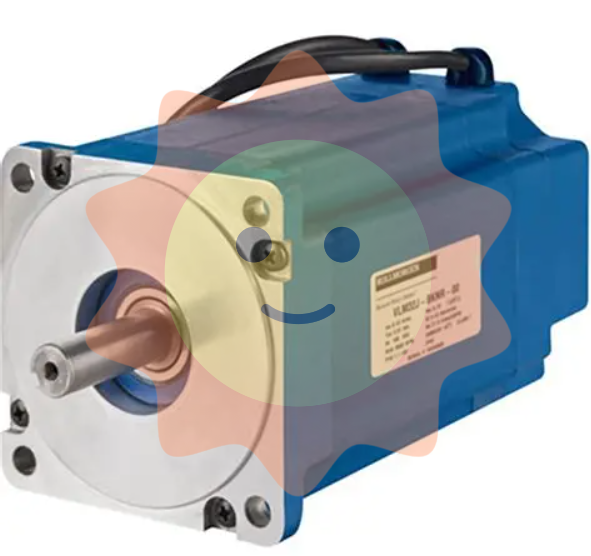The main problems and solutions of mine ecological restoration
China is a big country in the development and utilization of mineral resources. According to the "China Mineral Resources Report 2020", China ranks first in the world in the production and consumption of primary energy, crude steel, 10 non-ferrous metals, gold and cement in the mining industry. The exploitation of mineral resources not only provides a solid resource guarantee for the national economic development, but also brings unprecedented severe ecological environment problems to the mine and the region. On the one hand, the surface land resources will be disturbed and damaged along with mining, such as excavation loss, compression, collapse, etc. On the other hand, the discharge of a large number of harmful substances such as waste gas, waste water and waste residue pollutes the air, water and soil of the mining area, which leads to the decline of regional ecological environment quality. In recent years, Huolinhe coal mine ecological environment inspection incident, Qilian Mountain series of ecological environment destruction and other similar incidents have been exposed, further highlighting the serious ecological environment problems in mining areas.
Among them, the mine ecological restoration is difficult, which is the key and difficult point of ecological restoration and management. While the ecological damage problems in Qilian Mountain mining area and Muli mining area in Qinghai Province have received widespread attention, people have fully realized that man and nature are a community of life, "to build a solid ecological safety barrier", and the ecological restoration work in mines is imminent.

China has been carrying out mine ecological restoration since the 20th century, but due to the influence of many factors such as historical debts, imperfect laws and regulations, strip management and insufficient technological research and development, the gap of mine ecological restoration is still very large. According to the statistics of remote sensing monitoring data, the area of newly restored mines in 2019 is about 480 km2. Among them, the newly restored area of mines under construction and production is about 192 km2, accounting for 40.05%; The newly restored area of abandoned mines is about 288 km2, accounting for 59.95%. According to the 2020 Coal Industry Development Report, the land reclamation rate in 2020 is about 57%. While paying extensive attention to the ecological restoration of mines with historical debts, more than 10,000 km2 of newly damaged land is added every year. Therefore, it is necessary to scientifically clarify the main problems in the field of mine ecological restoration and seek scientific solutions.
1, the main problems facing mine ecological restoration in China
At present, there are many problems in the field of mine ecological restoration in China, and the following are mainly analyzed from four aspects.
1.1 Noun appellation of related concepts
The term "mine ecological restoration" has been widely adopted in recent years and is also a noun adopted in documents issued at the national level after the establishment of the Ministry of Natural Resources in 2018. China's mine ecological restoration has been carried out for nearly half a century, as early as the 1980s, China began to organize the "comprehensive treatment of coal mining subsidence" (the former Ministry of Coal industry "Six Five" scientific and technological research project (1983-1986)), the State Land Administration and the State Environmental Protection Bureau attach great importance to the "land reclamation" of mining areas.

In different stages of development, different administrative departments, different research fields and industries, there are many concepts related to mine ecological restoration, such as land reclamation, mine geological environment restoration and management, coal mining subsidence management, land reclamation and ecological reconstruction, land reclamation and ecological restoration, mine restoration and so on.
1.1.1 "land reclamation" is not merely the restoration of cultivated land
"Land reclamation" is the earliest special term determined in the field of mine ecological restoration in China (effective on January 1, 1989, see "Land reclamation Provisions"). Later, this provision was upgraded to the "Land Reclamation Regulations", which clearly stipulates that land reclamation refers to the production and construction activities and natural disasters damaged land, take measures to make it available for use.
From the land reclamation regulations to the land reclamation regulations, there is no requirement to restore the damaged land into "cultivated land", but to "adapt to local conditions" to "reach a state of utilization". Due to the principle of priority of cultivated land in the implementation process, many people mistakenly believe that land reclamation is the restoration of cultivated land. Therefore, there is now a voice of "if it is not the restoration of cultivated land, it is not land reclamation", which is to narrow the concept of land reclamation; There is also a view that land reclamation does not pay attention to vegetation restoration and is not ecological. This is also the reason why the words "land reclamation and ecological reconstruction" and "land reclamation and ecological restoration" appear.
The Provisions on the Protection of the Geological Environment in Mines (hereinafter referred to as the "Provisions") promulgated in March 2009 apply to the prevention, treatment and restoration of ground collapse, ground cracks, collapses, landslides, aquifer damage, and topographic and geomorphic landscape damage in mining areas caused by mineral resources exploration and mining activities; At the same time, considering that the restoration and management of mine geological environment in the process of practical application may involve the management of "three wastes" and land reclamation, in order to avoid cross-functional problems, land reclamation is not within the scope of application of the Provisions. This is also one of the main reasons that land reclamation is considered to be the restoration of cultivated land, and the treatment of soil and water pollution in mining areas is generally called ecological restoration.

1.1.2 Wide application of the term "mine ecological restoration"
After the institutional reform of The State Council in 2018, the former Ministry of Land and Resources was adjusted to the Ministry of Natural Resources, and the Department of Territorial and Spatial ecological Restoration was established, and the term "mine ecological restoration" has been widely used. Zhou Lianbi et al. defined mine ecological restoration as the action and process of restoring the ecological environment damaged by mining to the expected state according to local conditions [3], and the research object should be all the ecological environment problems damaged by mining. The Regulations on the Protection of Geological Environment in Mines amended in 2019 are defined as the prevention, treatment and restoration of ground collapse, ground cracks, collapses, landslides, aquifer damage, and topographic and geomorphic landscape damage caused by mineral resource exploration and mining activities. Where the mining of mineral resources involves land reclamation, it shall be implemented in accordance with State laws and regulations on land reclamation. At present, the mine ecological restoration project integrates land reclamation and mine geological environment restoration, but the control of soil and water pollution is still unclear.
In foreign countries, Reclamation, Rehabilitation and Restoration are commonly used to express land reclamation or ecological restoration [4]. Although the three words are different, their connotations all refer to the restoration and management of land and environment damaged by various disturbances. To achieve the same or better state of land use and ecological environment as before the disturbance.
Therefore, no matter "ecological restoration", "ecological reconstruction" or "land reclamation", no matter what specific technology or means is used, no matter whether the original ecological state of the mine is eventually restored or redesigned, the final elimination of mining damage and reasonable use of land value to achieve ecological functions can be achieved, that is, green development is the hard truth.

1.2 Problems in the field of mine ecological restoration supervision
The laws and regulations closely related to the ecological restoration of mines include the Regulations on Land Reclamation, the Regulations on the Protection of the Geological Environment of Mines, and the Measures for the Implementation of the Regulations on Land Reclamation, etc., which all put forward relevant requirements for the monitoring and supervision of the mine environment. For example, Article 23 of the Provisions on the Protection of Mining Geological Environment: the competent department of natural resources at or above the county level shall establish a mining geological environment monitoring system within its administrative area, improve the monitoring network, carry out dynamic monitoring of the mining geological environment, and guide and supervise the mining right holders to carry out mining geological environment monitoring. The owner of the mining right shall regularly report the geological environment of the mine to the competent department of natural resources at the county level where the mine is located, and truthfully submit monitoring data. The competent department of natural resources at the county level shall regularly report the summarized geological environment monitoring data of mines to the competent department of natural resources at the next level. Article 5: The administrative department of natural resources at or above the county level shall establish a land reclamation information management system, use the comprehensive land resources supervision platform, dynamically monitor the land reclamation situation, and timely collect, summarize, analyze and release data information such as land damage and land reclamation within the administrative region.
However, at present, the above operating mechanism still has not landed, resulting in the old account of China's mine ecological restoration problem has not been returned, and the new account is owed every year. It can also be seen from the "China Mineral Resources Report (2020)" and the "2020 Coal Industry Development Report" that about 40% of the old problems have not been treated, but the treatment rate of new ecologically damaged land is only about 40% every year. Therefore, it is imperative to strengthen the supervision of mine ecological restoration.

1.3 There are misunderstandings in the field of mine ecological restoration engineering
The large-scale development of mine ecological restoration project makes the construction team of different good and bad pour into the field of mine ecological restoration. Related engineering construction teams lack systematic, holistic and scientific understanding of mine ecological restoration, coupled with insufficient knowledge reserve and limited technical level, some people think that mine ecological restoration projects are earthworks of digging MATS. For example, they think that covering exposed rocks with soil and filling in subsidence pits is simple and arbitrary, and many cases of failure after restoration are reported. The phenomenon of "one year green, two years yellow, and three years dead" often occurs. If the soil reconstruction is ignored in the process of filling or covering, the water-soil-vegetation will not form a good circulation body, and the vegetation will not live without water and nutrition, and it will be exposed again after 1 to 2 years. When modifying slopes such as dump and stope, if the principle of imitating natural landform is not scientifically applied and the slope is not integrated with the local natural environment, the maintenance cost will be high, and the long-term stability will be poor, resulting in more serious soil erosion and landscape fragmentation [4]. For example, when acid gangue mountain is controlled, fire suppression is not allowed, fire prevention measures are not in place, and the reignition rate is as high as 50%. Figure 1 shows the difference of the landform remodeled into nature in the opencast mine dump. Therefore, the mine ecological restoration project needs scientific and technical support.
1.4 Difficulties in popularizing and applying new technologies
After more than 40 years of practice and research, the majority of scientific researchers have developed a variety of ecological restoration technologies, but the promotion and application of new technologies are limited. At present, China's mine ecological restoration mainly depends on government investment, especially the old account problem, and the social investment is little, so the funds are limited. And some new technologies in order to achieve better repair results, the cost will be increased. For example, compared with soil reconstruction technology, extensive one-time excavation and filling and "layered stripping and staggered backfilling" according to the needs of vegetation growth, the latter investment is slightly larger, and the application enthusiasm of construction enterprises is not high. Another example is the mining side recovery technology of coal mining subsidence, because it is constructed when the ground is not stable, it needs to reserve the subsequent subsidence elevation, which means that the ground is not smooth during the project acceptance and can not meet the traditional acceptance requirements. Construction enterprises and local governments are reluctant to use this technology, and the resulting loss of soil resources is very helpless. Therefore, it is very important to promote the promotion of new technologies, and it is necessary for managers and builders of mine ecological restoration to change their thinking and achieve breakthroughs in investment and policies.

2. Countermeasures for mine ecological restoration in China
2.1 Principles to be followed for mine ecological restoration
Mine ecological restoration is not only the restoration of damaged terrain, simple greening and so on. Mine ecological restoration is a systematic project, which is a complex project integrating damage investigation, design planning and construction. In order to achieve the result of restoring the damaged ecology, it is necessary to have a deep understanding of the connotation of the restoration goal. At the beginning of the planning, it is necessary to clarify the use of land use after restoration, the ecological structure and the ecological function that should be realized. Therefore, the goal setting of mine ecological restoration needs to comply with the following six principles: respect for nature, people-oriented; Adapt to local conditions and conform to the overall regional planning; Safe, efficient and sustainable use; Priority should be given to ecological and environmental benefits, and attention should be paid to economic benefits. Priority is given to restoring cultivated land, grassland and forest land; End treatment is combined with source and process control.
2.2 Strengthen the basic research of mine ecological restoration
The practice of mine ecological restoration for more than 40 years shows that the restoration theory lags far behind the practice, and many restoration cases fail due to lack of scientific restoration, which shows that there is a decoupling phenomenon between theory and practice. In order to repair the ecological environment damage caused by mining, many places have carried out spontaneous restoration and utilization of the damaged land and ecological environment. For densely populated areas with rapid economic development, mine ecological restoration is often promoted faster. However, the basic theory of this field and the principles of restoration technology still need to be deeply studied to support and promote the development of this field.
In the face of complex mining environmental damage problems, restoration methods and technologies need to be innovated, enriched and promoted, and the connotation of scientific restoration should be enriched from the scientific, different, advanced and economic aspects of technology, so as to balance the restoration benefits with funds and policy investment. Although there are many kinds of ecological restoration technologies, there are often some basic common technologies for ecological restoration, which is also the key to ecological restoration. Water is the source of life, soil is the basis of life, and plants are the root of life. Therefore, water, soil and plants are the three major elements of ecological restoration, and the restoration technology centering on these three major elements is the common core technology, namely, geomorphic remodeling, soil reconstruction and vegetation restoration.

(1) Geomorphic remodeling refers to the reconstruction of a new landform in harmony with the surrounding landscape by taking measures such as orderly discharge and land reshaping, aiming at the landform characteristics of the mining area, combined with mining design, mining technology and land damage methods, so as to eliminate and alleviate factors affecting vegetation restoration and land productivity improvement to the maximum extent. In general, Geomorphic remodeling is the basis of land quality restoration in mining area.
(2) Soil reconstruction is the purpose of soil restoration or reconstruction of the damaged land in the mining area. Appropriate reconstruction technology and engineering measures as well as physical, chemical, biological and ecological measures are adopted to reconstruct a suitable soil profile, restore and improve the productivity of the reconstructed soil in a short period of time, and improve the environmental quality of the reconstructed soil.
(3) On the basis of geomorphic remodeling and soil reconstruction, vegetation restoration is based on the selection of pioneer plants and suitable plants and other vegetation configuration, planting and management for different damaged land types and degrees, combined with climate, elevation, slope, slope direction, surface material composition and effective soil layer thickness. To maintain the stability of the restored plant community.

Natural geomorphic remodeling, soil reconstruction and vegetation restoration have become a consensus, but how to define and realize the imitation of natural restoration is still a difficult problem and bottleneck to be solved. At present, there are also many cases due to the imitation of only part of the original ecological environment structure or the imitation is not in place, resulting in unreasonable reconstruction of the landscape, low soil productivity, vegetation population allocation and so on. The author believes that ecological restoration is a gradual and dynamic process, and the restoration scheme should be planned systematically and scientifically according to the original landform characteristics of the mining area, from the aspects of basin connectivity, landscape connectivity, ecological structure stability and so on. Therefore, the basic theories of the three key technologies of geomorphic remodeling, soil remodeling and vegetation restoration should be deeply studied to achieve a major breakthrough in the theory and practice of imitating nature restoration as soon as possible.
2.3 Improve the supervision mechanism and implement it
As mentioned above, the Regulations on the Protection of Mining Geological Environment and the Measures for the Implementation of Land Reclamation Regulations have put forward requirements for the monitoring and supervision of mine ecological restoration, but due to the involvement of mining enterprises, the public, restoration enterprises and other multi-party interests, the implementation has not been in place so far.
- EMERSON
- Honeywell
- CTI
- Rolls-Royce
- General Electric
- Woodward
- Yaskawa
- xYCOM
- Motorola
- Siemens
- Rockwell
- ABB
- B&R
- HIMA
- Construction site
- electricity
- Automobile market
- PLC
- DCS
- Motor drivers
- VSD
- Implications
- cement
- CO2
- CEM
- methane
- Artificial intelligence
- Titanic
- Solar energy
- Hydrogen fuel cell
- Hydrogen and fuel cells
- Hydrogen and oxygen fuel cells
- tyre
- Chemical fiber
- dynamo
- corpuscle
- Pulp and paper
- printing
- fossil
- FANUC
- Food and beverage
- Life science
- Sewage treatment
- Personal care
- electricity
- boats
- infrastructure
- Automobile industry
- metallurgy
- Nuclear power generation
- Geothermal power generation
- Water and wastewater
- Infrastructure construction
- Mine hazard
- steel
- papermaking
- Natural gas industry
- Infrastructure construction
- Power and energy
- Rubber and plastic
- Renewable energy
- pharmacy
- mining
- Plastic industry
- Schneider
- Kongsberg
- NI
- Wind energy
- International petroleum
- International new energy network
- gas
- WATLOW
- ProSoft
- SEW
- wind
- ADVANCED
- Reliance
- YOKOGAWA
- TRICONEX
- FOXBORO
- METSO
- MAN
- Advantest
- ADVANCED
- ALSTOM
- Control Wave
- AB
- AMAT
- STUDER
- KONGSBERG
- MOTOROLA
- DANAHER MOTION
- Bently
- Galil
- EATON
- MOLEX
- Triconex
- DEIF
- B&W
- ZYGO
- Aerotech
- DANFOSS
- KOLLMORGEN
- Beijer
- Endress+Hauser
- MOOG
- KB
- Moxa
- Rexroth


Email:wang@kongjiangauto.com









































































